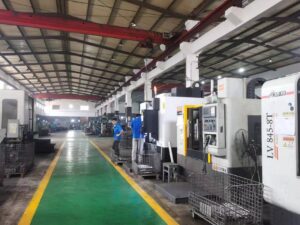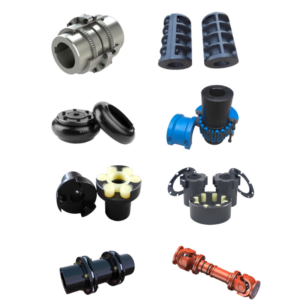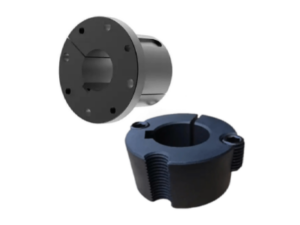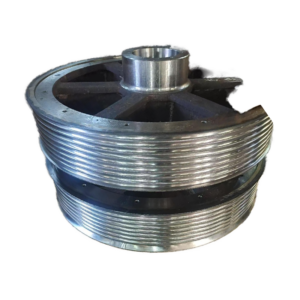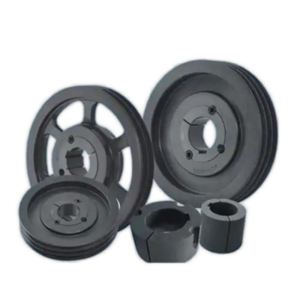Introduction
Transmission equipment plays a critical role in various industries, enabling the transfer of power and motion between mechanical components. From automotive systems to industrial machinery, efficient transmission systems ensure optimal performance, energy efficiency, and reliability. This article explores the types, functions, and advancements in transmission technology.
Types of Transmission Equipment
1. Gear Transmissions
Gears are among the most common transmission components, used to alter torque and speed between rotating shafts. Types include:
- Spur Gears – Simple and efficient for parallel shafts.
- Helical Gears – Smoother and quieter operation due to angled teeth.
- Bevel Gears – Transmit power between intersecting shafts.
- Planetary Gears – Provide high torque density in compact designs.
2. Belt and Chain Drives
- Belt Drives – Use flexible belts for power transmission, common in conveyor systems.
- Chain Drives – Employ metal chains for heavy-duty applications like motorcycles and industrial machinery.
3. Hydraulic Transmissions
These systems use pressurized fluid to transfer power, offering smooth and precise control. Common in construction equipment and aerospace applications.
4. Continuously Variable Transmissions (CVTs)
CVTs provide seamless gear ratio adjustments, improving fuel efficiency in modern vehicles.
Advancements in Transmission Technology
Recent innovations include:
- Automated Manual Transmissions (AMTs) – Combine manual gear efficiency with automatic shifting.
- Dual-Clutch Transmissions (DCTs) – Enable faster gear changes for high-performance vehicles.
- Smart Transmissions – Integrated with IoT for predictive maintenance and real-time optimization.
Conclusion
Transmission equipment is essential for modern machinery, evolving with technology to meet efficiency and sustainability demands. As industries advance, further innovations in materials, design, and smart systems will continue to enhance transmission performance.

